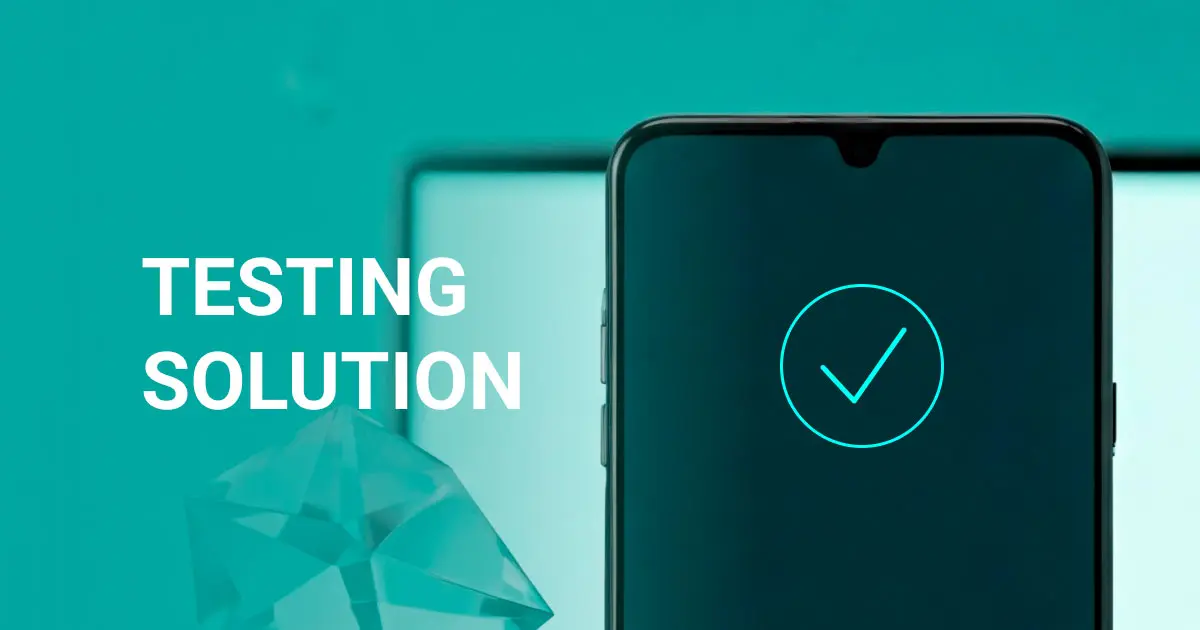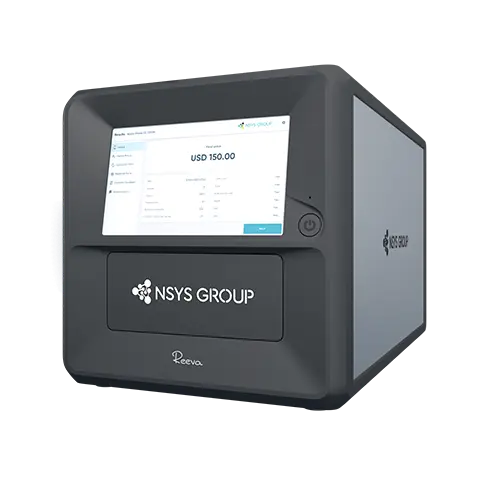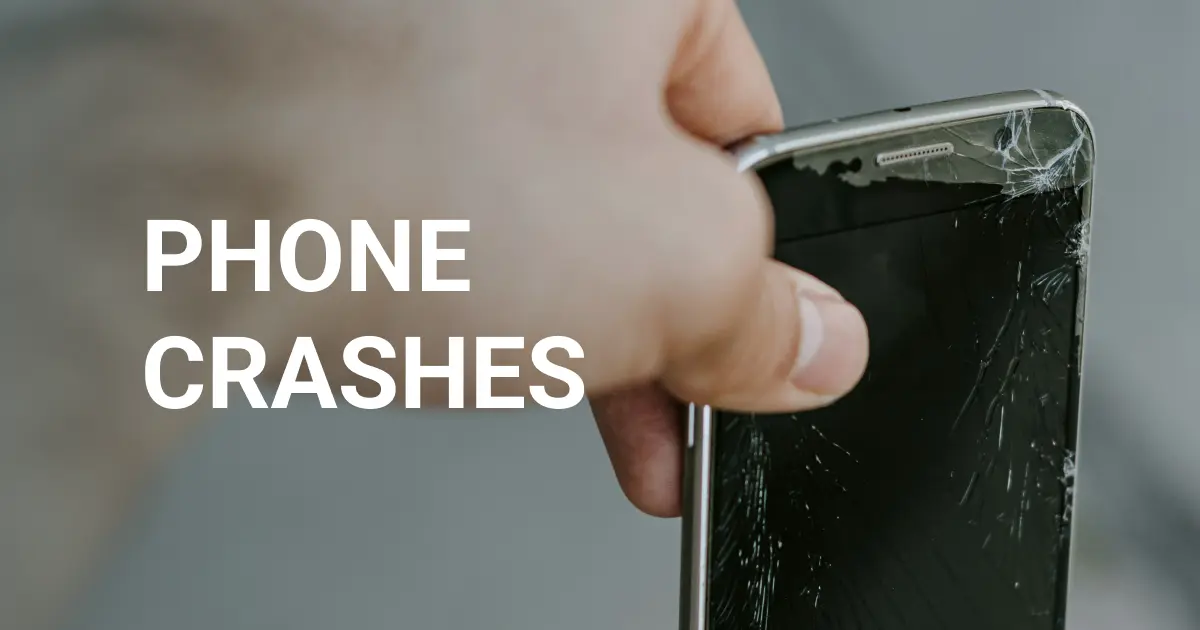Manual testing is insufficient and has its limitations, so using diagnostic software for phone processing is now a reality for most businesses. However, companies dealing with pre-owned electronics differ greatly: by industry, size, and whether they work with end users or companies, etc. In addition, their workflow also varies depending on the subjective preferences of testers.
All these factors make it difficult to find a testing solution that will integrate into their existing process. In this guide, we explore the key points to focus on when choosing diagnostic software for your used phone business.
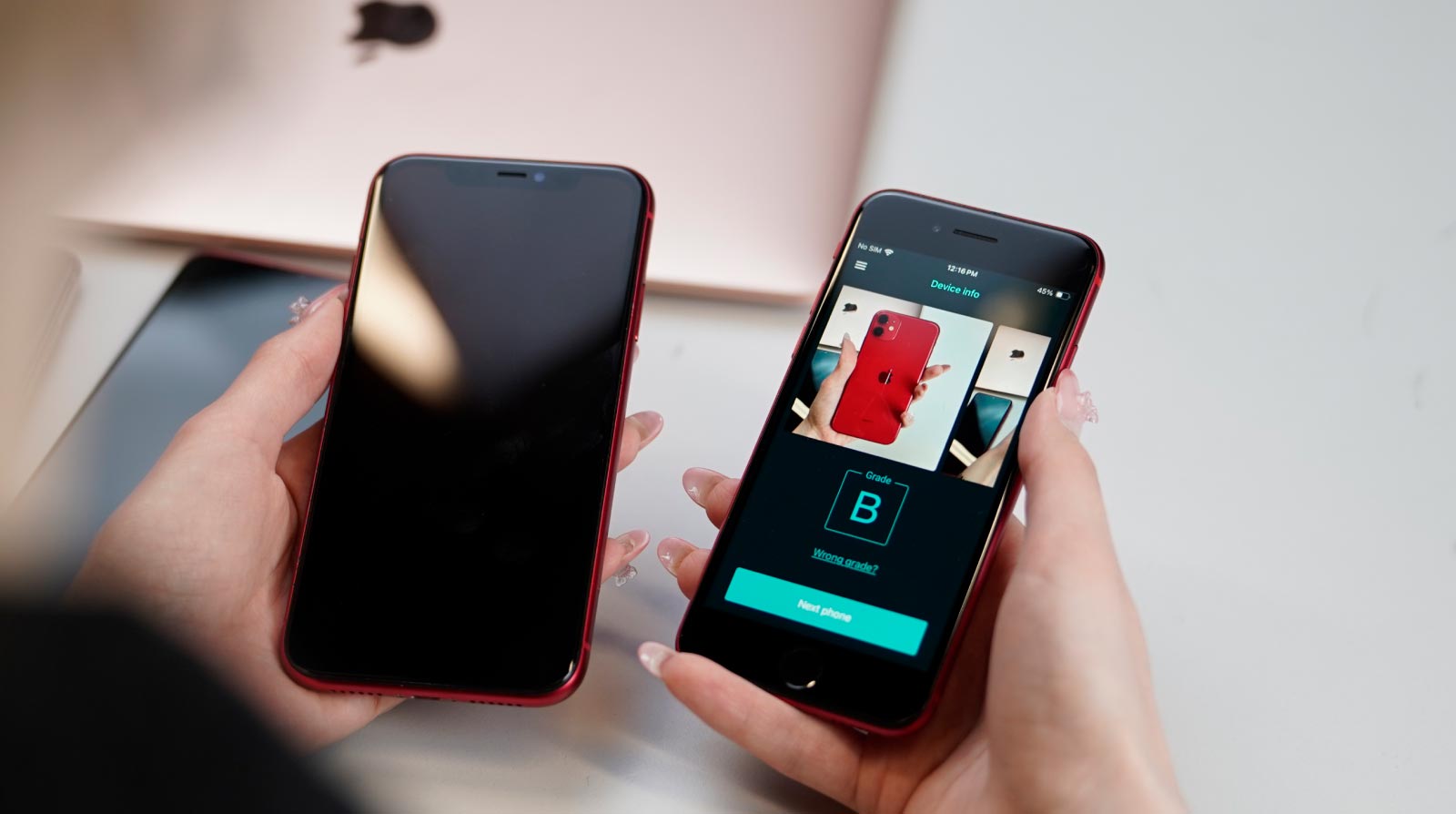
1. The More Functional Tests, the Better
The first and most important thing is the tests that the solution performs. Obviously, the more defects the software can potentially detect, the better.
IMEI Check
Choose a solution that runs an IMEI check, as it helps to extract crucial information about the device: its manufacturer and model, financial status, whether the device is blacklisted or has a carrier lock, etc. All this information significantly influences the smartphone's price, so it’s important for businesses to check the IMEI before purchasing a pre-owned phone. Doing it manually is difficult and prone to human error.
Battery Check
To understand battery condition, simply checking the percentage in the settings isn’t enough. This number only shows how much this battery can be charged, compared to a new one. The more important thing to check is how quickly it drains. Manually charging pre-owned phones to 100% and then discharging them to 0% is definitely not an option for businesses. A testing solution can handle this test and provides a complete overview of the battery condition.
Authenticity Check
Fraud in the electronics industry is common: it is easy to produce a fake device that looks like one from a famous brand or replace phone parts like batteries or cameras with non-original components. Having a tool that automatically detects such cases is a significant advantage for businesses, as it helps save money.
Camera Check
Modern smartphones have several cameras, all of which must be thoroughly tested to detect broken lenses, malfunctioning sensors, and other defects. These tests require testers to be very attentive, and the risks of human errors are high, especially when testing large volumes of devices. Software solutions automate this challenging process, providing consistent and objective camera testing.
Screen Check
When checking a display, a tester needs to make sure that it doesn’t have dead or stuck pixels, that the touchscreen is responding—both to simple one-finger tapping and to multi-touch—and that 3D Touch on Apple devices is working. Automated solutions ensure these tests are done quickly and accurately, preventing mistakes and fraud.
Surely, tests performed by the solution you choose shouldn't be limited to those mentioned above. For example, NSYS Diagnostics software runs over 60 tests to detect more than 100 hardware defects, providing a comprehensive device overview.
2. Consistent Cosmetic Grading Is Key
The appearance of a smartphone significantly influences its appeal to end users. Additionally, some cosmetic defects may not only be aesthetically unpleasing but can also negatively impact the overall user experience. For example, due to deep scratches, some parts of the screen might not respond.
To evaluate the smartphone's value, the tester needs to thoughtfully inspect the device and set the grade based on the cosmetic defects it has. Manual grading is still the most common option, despite numerous disadvantages: subjectivity, inconsistency, high risks of human errors and fraud, difficulty scaling due to long employee training, etc.
However, these problems can be solved with automation. Grading software ensures predictable workflow with consistent and accurate results. NSYS Autograding by NSYS Group is the most innovative solution on the market. It integrates AI algorithms to quickly detect smartphone damage and set the grade accordingly.
3. Certified Data Erasure Prevents Data Breaches
Pre-owned electronics often contain personal or corporate data, which must be irreversibly wiped. Failing to do so poses a high risk of data leaks and can lead to financial, reputational, and legal consequences for businesses dealing with used phones.
Using data wiping software is the best way to erase data from multiple devices in accordance with international standards and regulations. For example, NSYS Data Erasure is compliant with ADISA, NIST, GDPR, and R2. The solution allows you to connect up to 60 devices to a PC, streamlining workflow and ensuring efficiency.
4. Fair Pricing Is Appealing to Customers
If your business provides buyback services, quickly setting a price must be challenging as it can vary depending on numerous factors, including smartphone condition, its liquidity, market prices, etc.
When looking for a solution to streamline your trade-in operations, choose one that has pricing features. NSYS Buyback has a customizable pricing calculator, which sets a trade-in price according to your preferences. Moreover, clients tend to trust automatically generated prices more than those offered by store workers.
With NSYS Buyback, you can buy phones in the most convenient way for your business: evaluate devices in-store right in front of your customers via a mobile app, or implement a white-label widget into your website.
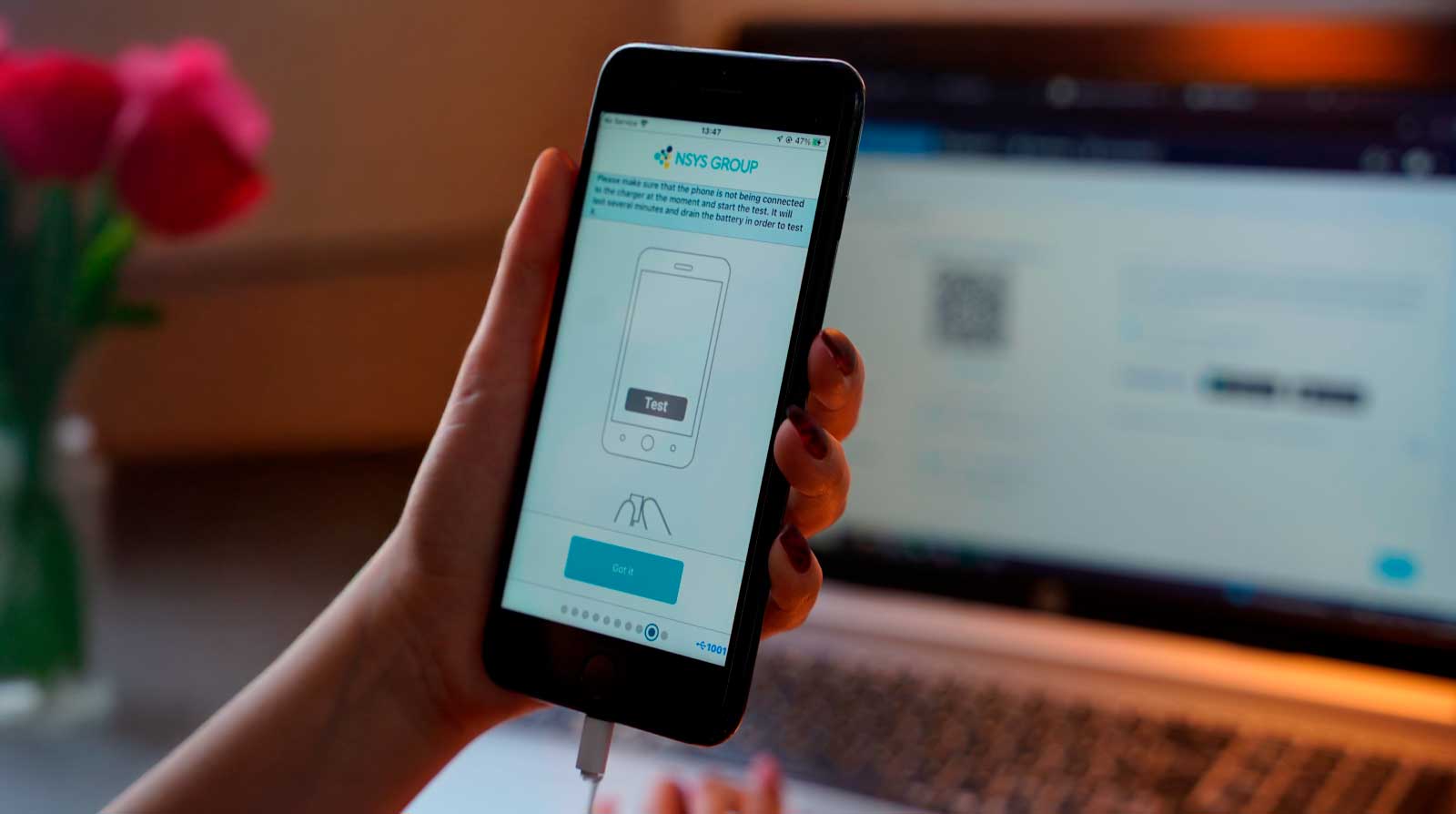
Robotic Testing: The Most Innovative Tool on the Market
Now, the cutting-edge technology on the market is not software, but robotic tools. Robots completely eliminate factors connected with human subjectivity, such as inconsistency, errors, and fraud.
Reeva is the most innovative robot for used device businesses on the market. The robot performs functional testing to detect more than 100 hardware defects, AI-powered cosmetic grading, buyback pricing, and certified data wiping. This technology can be used both in-store for trade-in deals and at warehouses for large-volume smartphone testing.
Arrange a free demo of the Reeva robot today!


